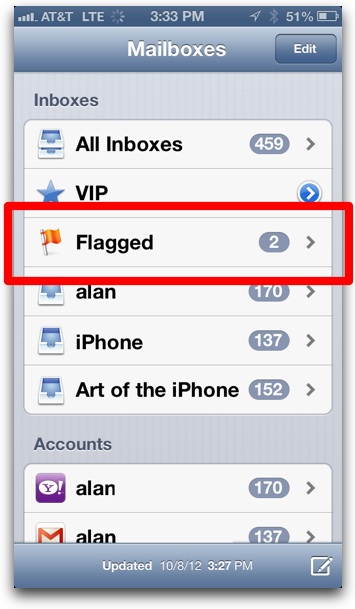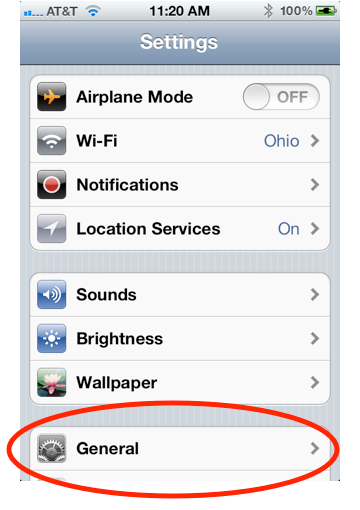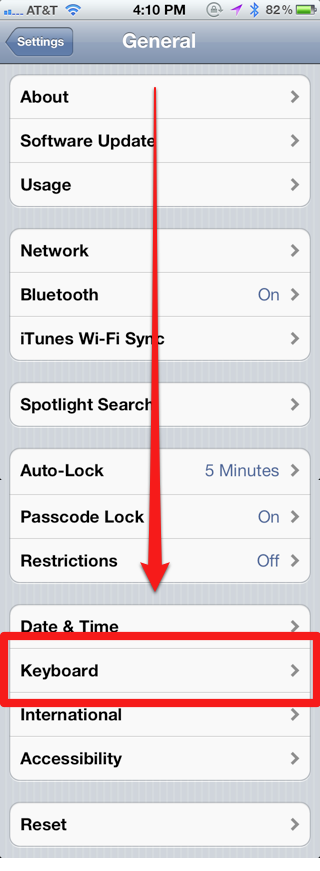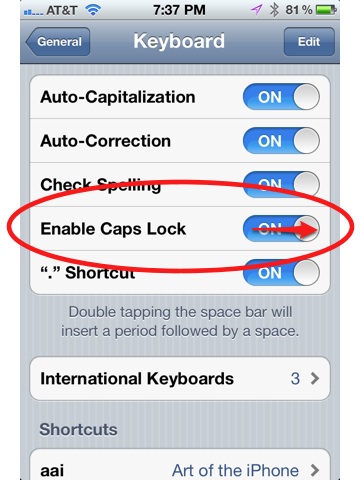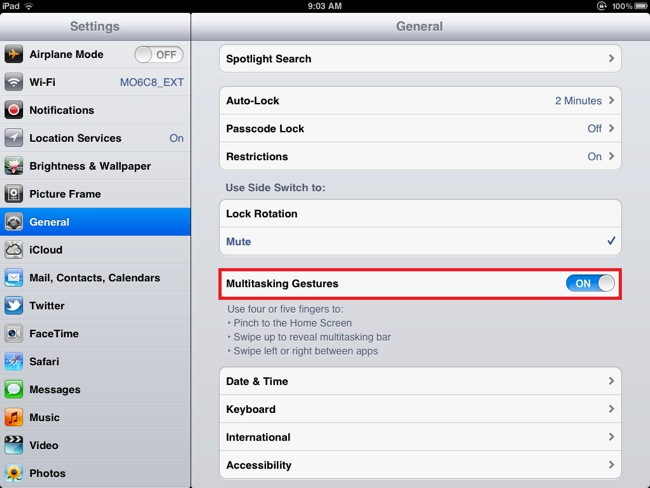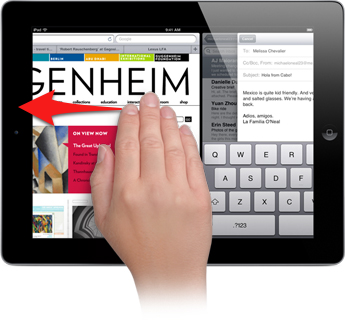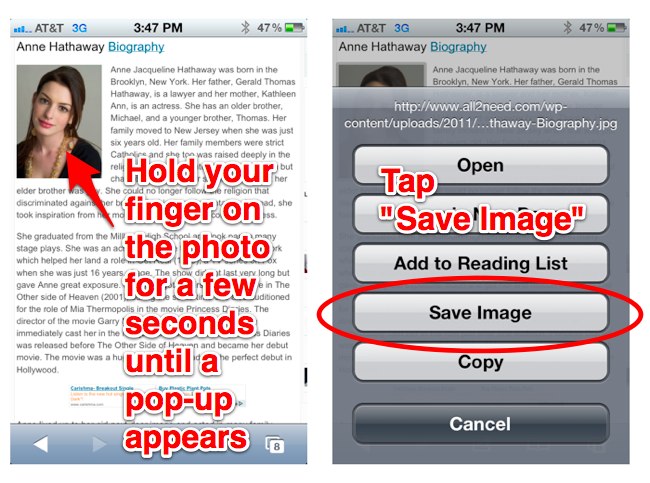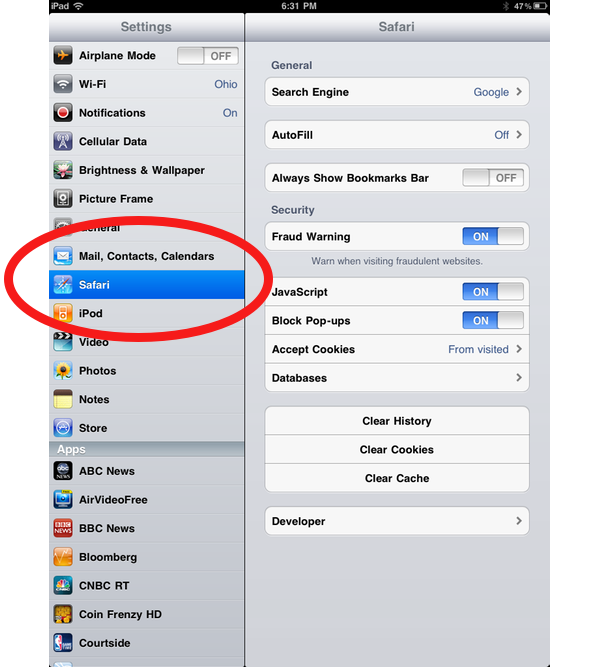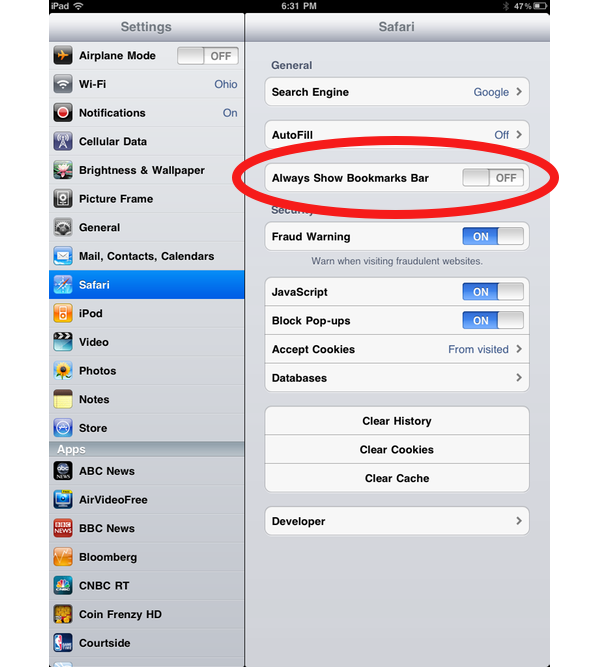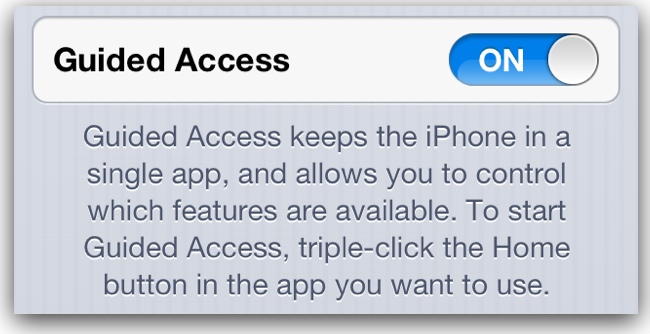
Guided Access is a powerful new feature on the iPhone & iPad that essentially prevents users from quitting out of an app. Guided Access can also block off areas of the screen from registering touches, and prevent users from changing the volume or putting the device to sleep. Check out the video below for instructions on how to activate Guided Access and how to use it in an app. Also check out the Extra Notes section for extra tips.
Video Instructions:
Quick Instructions:
1. Go to Settings > General > Accessibility > Guided Access.
2. Swipe the tab for Guided Access to On.
3. Tap Set Passcode and enter a 4-digit code. This code will be required to quit out of Guided Access once you start it in an app.
How to Use It In an App:
1. Launch an app.
2. Triple click the home button.
3. Circle any areas you want to disable. You can fine tune by dragging the corners of the boxes that appear.
4. Tap Start.
5. To quit out of Guided Access mode, triple click the home button again, enter in the passcode, and tap End.
Extra Notes:
- In the Settings for Guided Access, you may notice an option: Enable Screen Sleep. When this is set to On, the iPhone’s screen will dim (but not turn off) during periods of inactivity, saving battery. You can also put the iPhone to sleep by pressing the Sleep/Wake button.
- When you triple click to activate Guided Access in an app, an Options button will appear in the bottom left. There, you can turn off all touches from registering on the screen (this would be perfect for playing a movie on your device in a marketing situation) and another option to lock the screen’s orientation and turn off the device’s accelerometer and gyroscope, preventing the device from registering movement.

